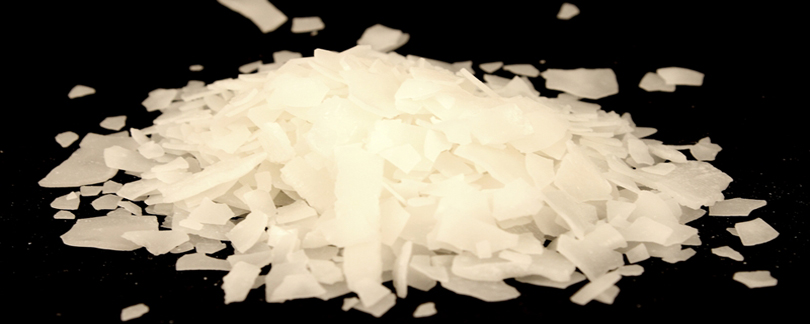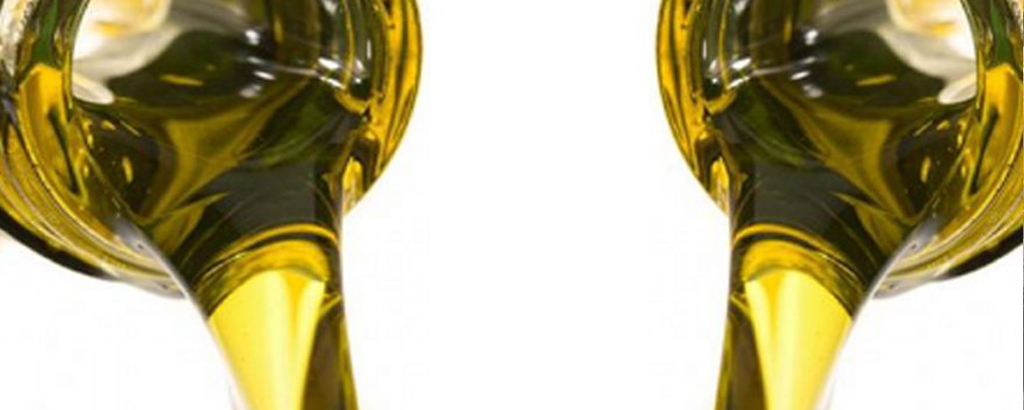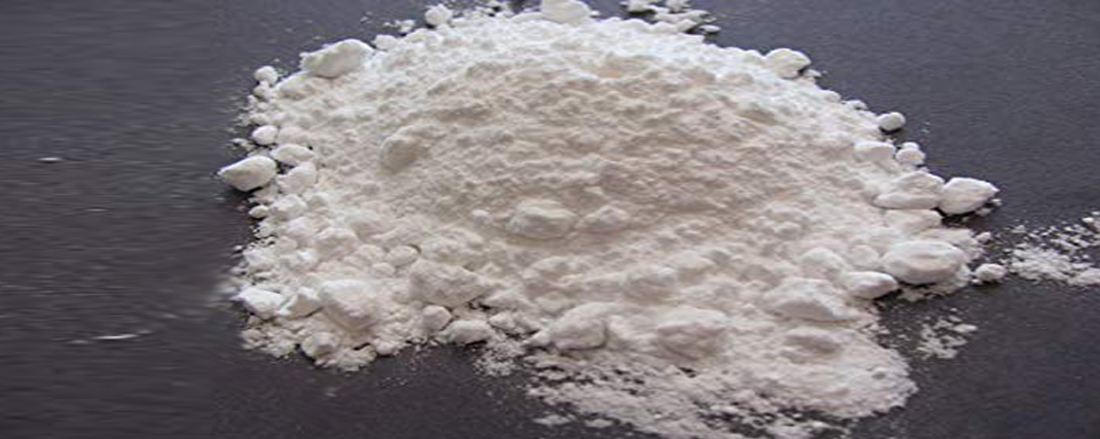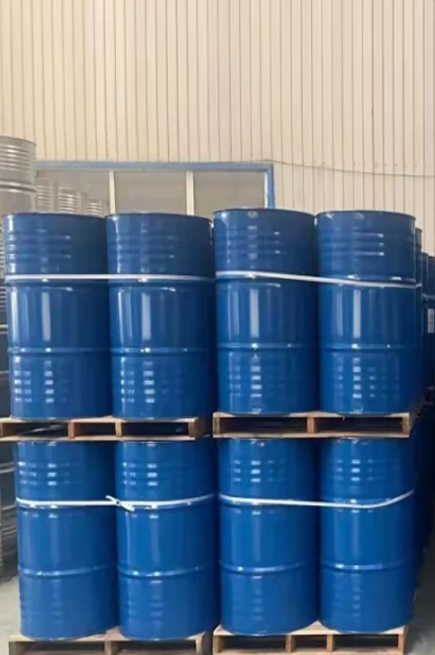COOMASIE BRILLANT BLUE G 250
Brilliant Blue G is a useful dye for SDS gels as it readily stains proteins with minimal background color. Protein bands can be visualized during staining. It has been used in the Bradford dye-binding protein assay. A mechanism for dye binding to protein has been proposed, based onmeasuring Coomassie Brilliant Blue G-250 (CBBG) absorbance spectra during titration of the dye reagent in the absence of protein and its response to different polyamino acids. Brilliant Blue G has been used for determining critical micelle concentration of detergents. Recent research reveals CBBG as a P2X7 (P2X purinoceptor 7: P2RX7) antagonist and suggests that it exhibits neuroprotective properties in rat spinal cord cells.
Coomassie Brilliant Blue R-250 was first used to visualise proteins in 1964 by Fazekas de St. Groth and colleagues. Protein samples were separated electrophoretically on a cellulose acetate sheet. The sheet was then soaked in sulfosalicylic acid to fix the protein bands and then transferred to a solution of the dye.









